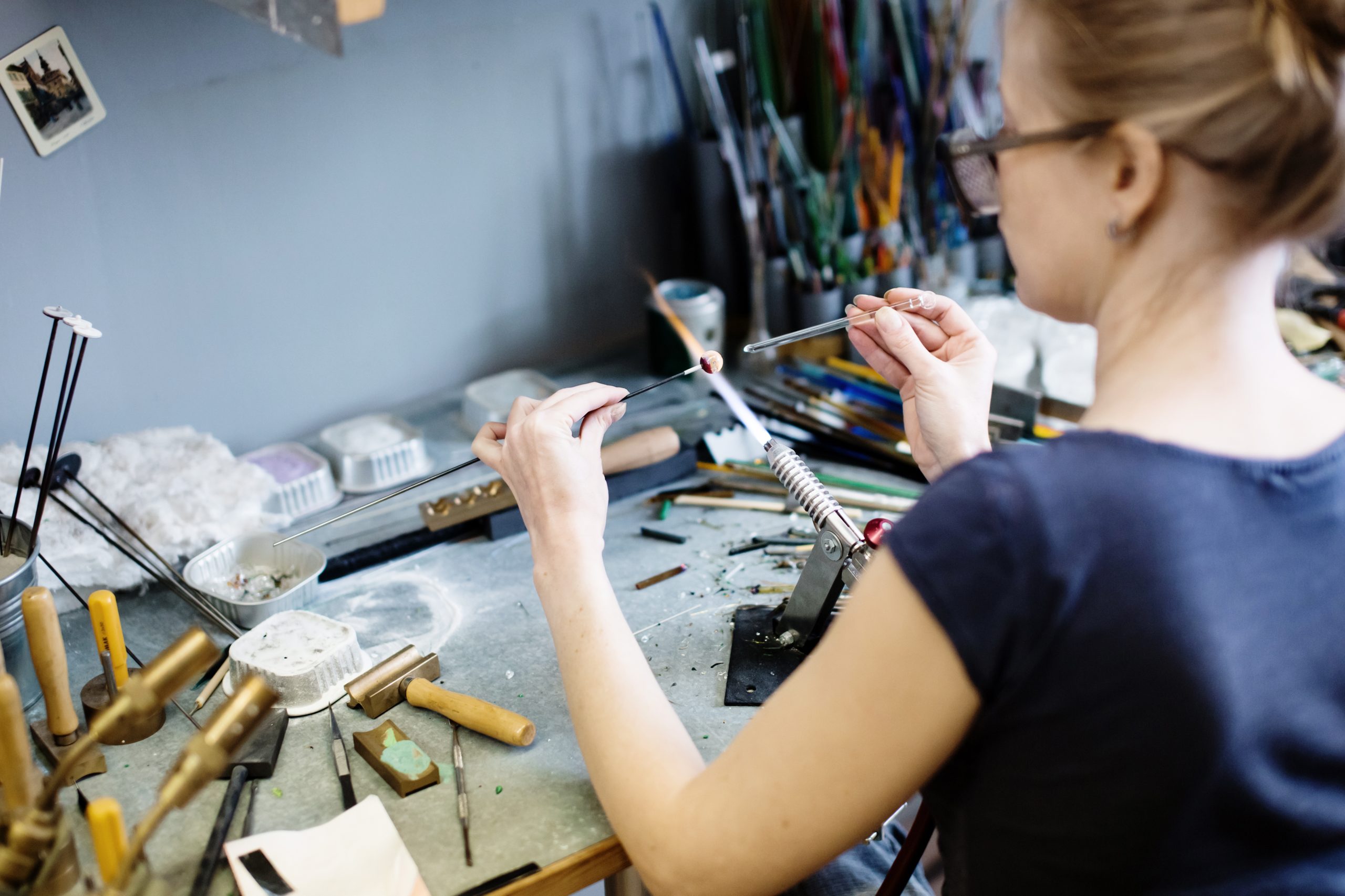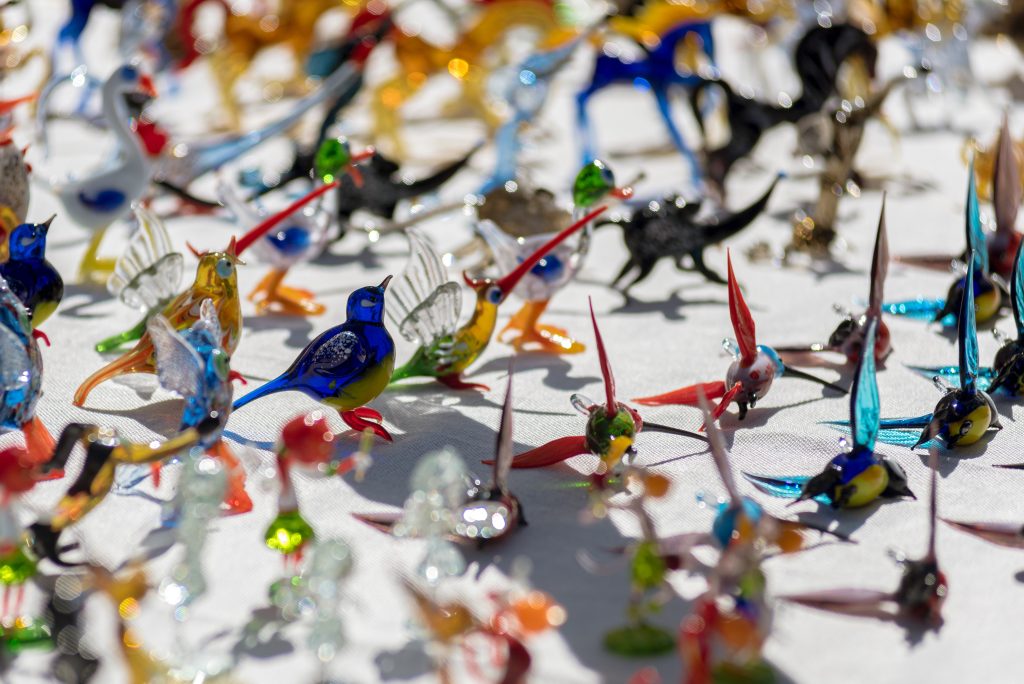Your cart is currently empty!
How Much Oxygen Does a Soft Glass Bead Artist Use in a Day?

If you’re a lampworker using soft glass to create beautiful beads, pendants, or ornaments, chances are you’ve wondered: How much oxygen am I actually burning through each day?
Whether you’re using bottled oxygen, a concentrator, or a liquid oxygen setup, knowing your consumption helps with budgeting, studio planning, and maximizing your time at the torch.
Let’s break it down.
The Basics: Torches and Flow Rates for Beadmaking
Soft-glass artists typically use mid-range torches like the Nortel Minor, Bethlehem Bravo, GTT Lynx, or National 8M. These torches require much less oxygen than the heavy hitters used for borosilicate work.
Here’s a breakdown of typical flow rates:
- Small flame (fine detail, stringer work): 2–4 liters per minute (LPM)
- Medium flame (normal beadmaking): 5–7 LPM
- Larger flame (larger beads or small sculpture): 8–12 LPM
A common working flame is around 6 LPM for beadmaking.

Burn Time: Real-World Studio Usage
Most bead artists spend 2 to 5 hours at the torch in a session. Let’s assume 4 hours of active flame time during a day. You might spend time prepping rods, cleaning mandrels, or working at the kiln—but your oxygen is only used when the flame is lit.
Oxygen Use in a Typical Day
Let’s do the math using an average usage rate:
- Flow rate: 6 LPM
- Torch time: 4 hours = 240 minutes
- Total oxygen used:
6 LPM × 240 minutes = 1,440 liters of oxygen per day
That equals 1.44 cubic meters, or about:
- 50.9 cubic feet (cf) in standard U.S. units
For comparison, a K-size oxygen cylinder holds about 244 cf, so one tank could theoretically last 4–5 days of beadmaking under typical conditions.
Studio Tips for Oxygen Efficiency
- Use a low, efficient flame for most beadmaking tasks. Soft glass melts at lower temperatures, so you rarely need large flames.
- An oxygen concentrator (oxycon) is often ideal for bead artists. A unit producing ~10 LPM can keep up with most single-torch setups.
- Check your flame balance—running a neutral or slightly reducing flame uses less oxygen than a roaring oxidizing flame.
- Turn the torch off during breaks instead of leaving it idling.
Summary
| Factor | Typical Value |
| Torch Flame Rate | ~6 LPM |
| Burn Time per Day | ~4 hours (240 minutes) |
| Daily O₂ Consumption | ~1,440 L (50.9 cf) |
| Tank Usage Estimate | 1 K-tank = ~4–5 workdays |
Soft-glass beadmaking is a relatively low-demand discipline when it comes to oxygen, but understanding your usage can help you optimize costs and ensure you’re never caught without enough fuel to finish a project.
Whether you’re just getting started or running a full-fledged lampworking business, knowing your oxygen footprint is a key step toward a smoother and more efficient studio experience.
Ready to step-up your oxygen?
Check out our Oxygen Runtime Calculator to know how long your torch could run on a Stage 2 paired with as few as one Stage 1 and a Storage Tank.
Leave a Reply